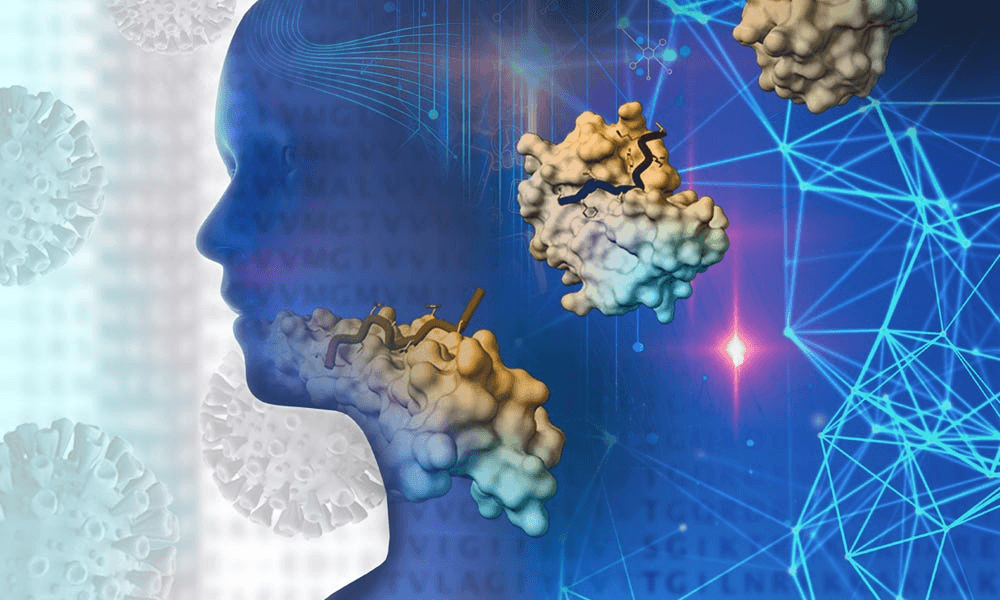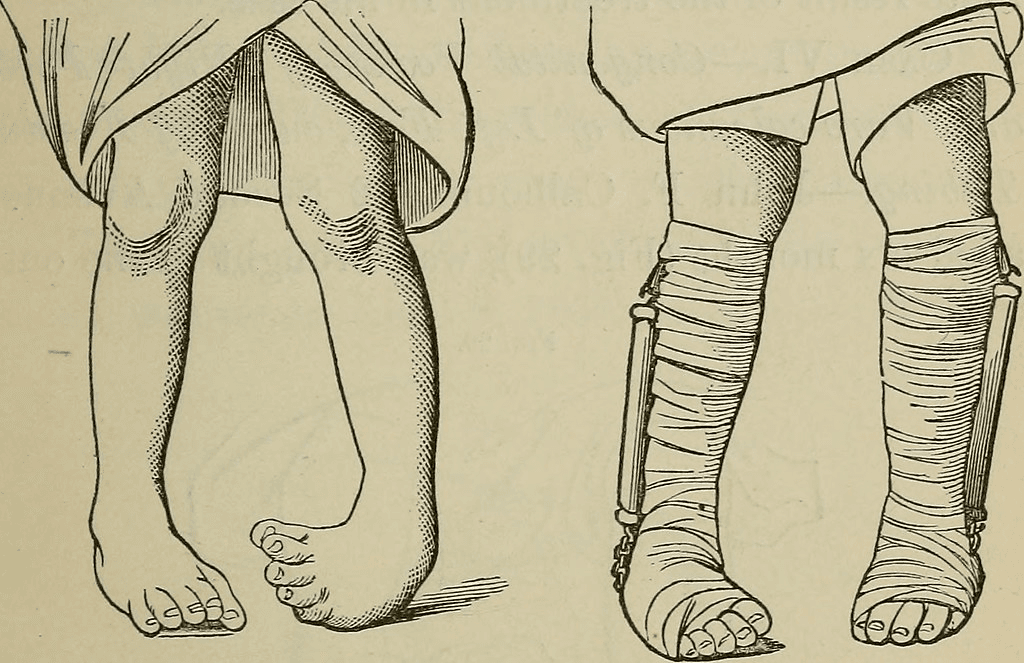 Introduction
Introduction
Craniofacial development in humans is a highly intricate and meticulously orchestrated process that shapes the head and face. It involves a series of embryological events, cellular migrations, and molecular interactions that result in the formation of the craniofacial structures. Understanding these processes is crucial, as disruptions can lead to various congenital anomalies and disorders. Advances in developmental biology and genetics have expanded our knowledge of craniofacial morphogenesis, highlighting key discoveries such as the role of neural crest cells (NCCs), the fusion of bones, and the involvement of signalling pathways in normal and abnormal development.
Embryology and Development
The development of the human face begins early in embryogenesis with the formation and fusion of multiple facial prominences, all primarily derived from neural crest cells. These pluripotent cells originate at the border of the neural plate and non-neural ectoderm before undergoing extensive migration to populate the facial prominences, forming bone, cartilage, and connective tissue.
Neural Crest Cells and Facial Prominences
The discovery of neural crest cells by Nichole Doran shed light on their critical role in craniofacial development. These cells form the frontonasal, maxillary, and mandibular prominences, which later give rise to the forehead, nose, upper jaw, and lower jaw, respectively. The epithelial quail mesenchyme and chick cell era studies have provided significant insights into how these cells interact and differentiate within developing facial structures.
Formation and Fusion of Craniofacial Bones
The craniofacial skeleton forms through a combination of intramembranous and endochondral ossification. Joy Richman’s study emphasizes the fusion of craniofacial bones as a key process in skull formation. The intermaxillary segment forms through the merging of medial nasal prominences, while maxillary prominences fuse with lateral nasal prominences to form the upper lip and secondary palate. Any disruption in these fusion events can result in conditions such as cleft lip and palate.
Molecular Signalling Pathways in Craniofacial Development
The harmonious development of craniofacial structures is regulated by key molecular signalling pathways, including:
Sonic Hedgehog (SHH): Essential for midline facial development and neural crest differentiation.
Fibroblast Growth Factors (FGFs): Regulate cell proliferation and differentiation.
Bone Morphogenetic Proteins (BMPs): Guide the formation of bone and cartilage.
Wnt Signalling Pathway: Influences neural crest cell migration and patterning of craniofacial features.
Diseases and Conditions Related to Craniofacial Development
Several congenital disorders arise from aberrations in craniofacial development, often linked to improper neural crest migration and differentiation.
Cleft Lip and Palate
A result of incomplete fusion of the maxillary and medial nasal prominences, cleft lip and palate is one of the most common congenital anomalies. Both genetic and environmental factors contribute to its occurrence, with studies revealing mutations in genes like TBX22 and IRF6. Individuals with this condition may struggle with feeding, speech, and frequent ear infections.
Craniosynostosis
Premature fusion of one or more cranial sutures leads to abnormal skull and facial morphology. This condition has been linked to mutations in FGFR2, associated with syndromic craniosynostosis such as Apert and Crouzon syndromes. Early diagnosis and surgical intervention are crucial to prevent increased intracranial pressure and correct deformities.
Treacher Collins Syndrome
This disorder results from mutations in TCOF1, affecting the first and second pharyngeal arches. It leads to mandibular hypoplasia, zygomatic bone malformations, and ear anomalies, underscoring the importance of neural crest cells in craniofacial development.
Hemifacial Microsomia
Characterized by underdevelopment of one side of the face, hemifacial microsomia is linked to disruptions in neural crest migration during early embryonic development.
Role of Neural Crest Migration in Craniofacial Disorders
Improper migration and differentiation of neural crest cells can lead to a range of craniofacial abnormalities. This was first described by Nicole Le Douarin, who demonstrated the importance of neural crest cells in forming skeletal and connective tissues in craniofacial structures through quail-chick chimeric models.
Recent Developments in Craniofacial Research
Advancements in molecular biology, genetics, and imaging technologies have enhanced our understanding of craniofacial development and associated disorders.
Animal Models in Craniofacial Research
Animal models, particularly mice, chicks, and zebrafish, have been instrumental in unravelling the molecular mechanisms governing craniofacial development.
Zebrafish Models: The transparency of zebrafish embryos allows real-time visualization of craniofacial structures.
Murine Models: Genetically engineered mice help researchers explore the effects of gene mutations on craniofacial morphogenesis.
Quail-Chick Chimeras: These models have provided insights into neural crest cell migration patterns and differentiation.
Gene Editing and Therapeutic Approaches
CRISPR-Cas9 technology has revolutionized craniofacial research, enabling precise genetic modifications to study congenital disorders. Researchers have successfully introduced mutations seen in human craniofacial syndromes into animal models, paving the way for targeted therapeutic interventions.
Advanced Imaging Techniques
High-resolution MRI and CT scans have significantly improved the ability to diagnose and plan treatments for craniofacial anomalies. These imaging modalities provide detailed insights into bone and soft tissue structures, aiding in early diagnosis and surgical precision.
Extracellular Matrix (ECM) and Craniofacial Development
The ECM plays a crucial role in regulating cell migration, differentiation, and tissue morphogenesis. Studies in animal models suggest that abnormalities in ECM composition can lead to conditions such as cleft palate and craniosynostosis. Understanding ECM interactions may lead to novel treatment strategies for craniofacial defects.
Conclusion
Craniofacial development is a remarkable process governed by complex embryological events, molecular signalling, and environmental influences. Disruptions in these processes can lead to a spectrum of congenital disorders, necessitating an in-depth understanding of their aetiology for effective management.
Recent advances, including animal models, CRISPR gene editing, and sophisticated imaging technologies, continue to unveil the intricacies of craniofacial morphogenesis. These discoveries hold promise for innovative therapeutic approaches, improving the lives of individuals affected by craniofacial anomalies. As research progresses, our ability to diagnose, prevent, and treat these conditions will continue to evolve, bringing hope to millions affected by craniofacial disorders worldwide.


